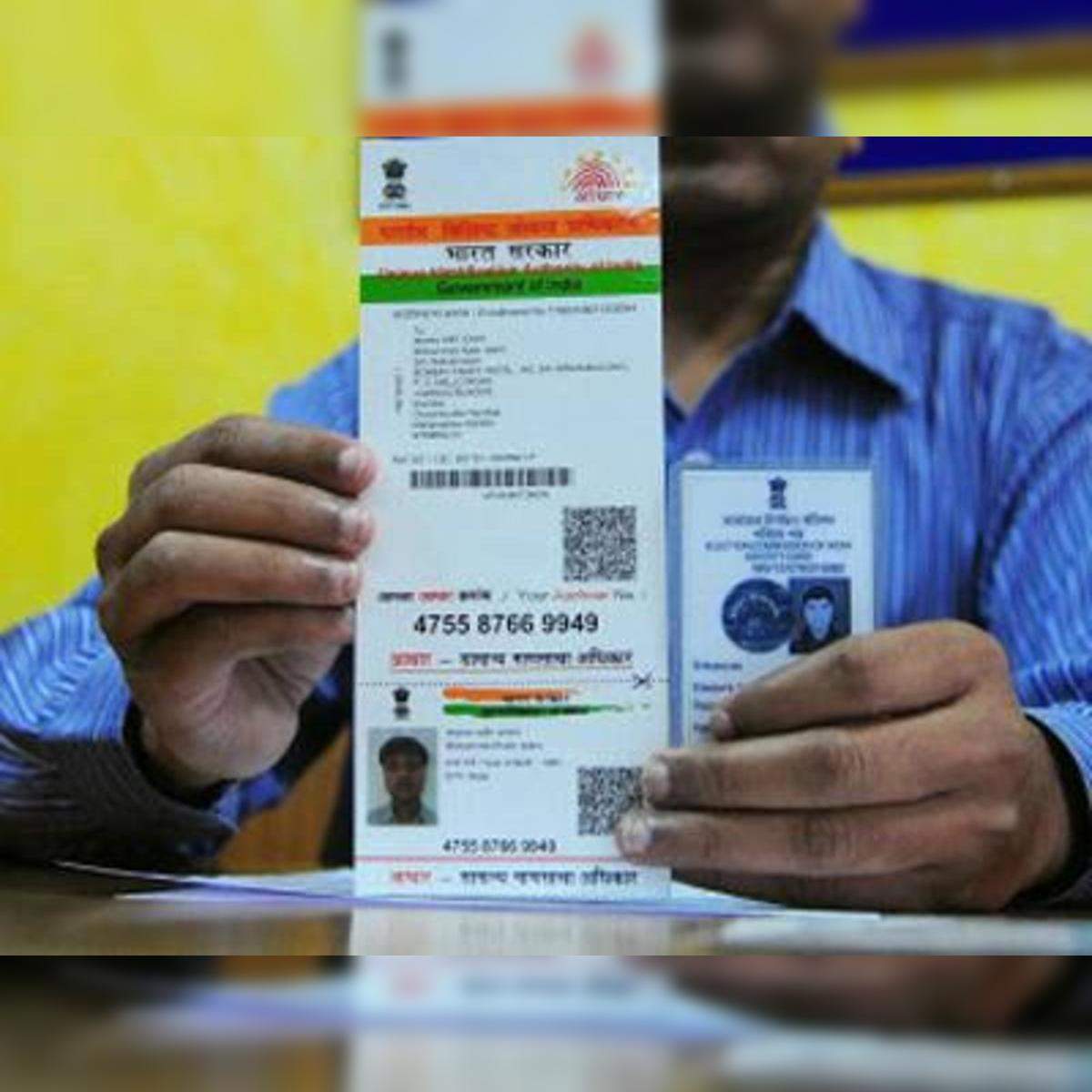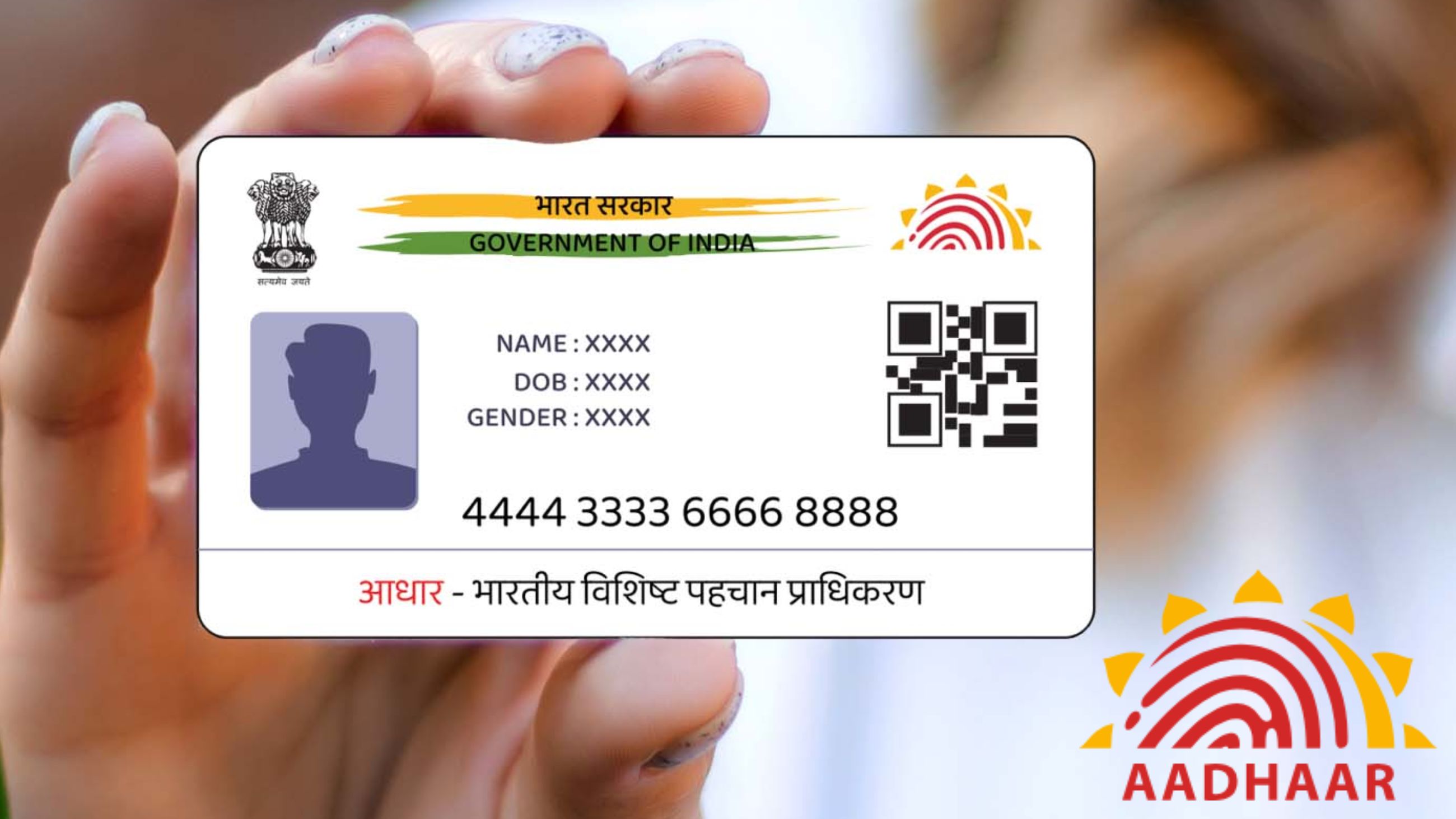The Supreme Court, in a significant ruling, has determined that Aadhaar, while valid for identity verification, does not serve as proof of date of birth in legal contexts, especially in cases where compensation awards hinge on the age of a victim. The apex court set aside a previous order by the Punjab and Haryana High Court, which had accepted an Aadhaar card’s date of birth for calculating the compensation owed to the family of a road accident victim. The ruling mandates that the victim’s school leaving certificate, a more statutorily recognized document, will be considered the authoritative source for determining age in such cases.
This verdict was delivered by a bench comprising Justices Sanjay Karol and Ujjal Bhuyan, who examined both the Aadhaar card and the school certificate to resolve a contested claim over the deceased’s age. The ruling highlights the widespread implications of using Aadhaar for age-related identification and establishes a legal precedent that could affect a significant portion of similar cases across India.
Aadhaar Card: Identity but Not Age Verification
The case originated when the family of a deceased road accident victim challenged the Punjab and Haryana High Court’s ruling that used the age recorded in the victim’s Aadhaar card. The Motor Accident Claims Tribunal (MACT) initially calculated compensation based on the age specified in the school leaving certificate, but the High Court overruled this, referencing the Aadhaar card instead. However, the Supreme Court reversed the High Court’s decision, pointing to a key circular issued by the Unique Identification Authority of India (UIDAI).
According to the UIDAI’s Circular No. 08 of 2023, an Aadhaar card is primarily intended for establishing identity and does not constitute a verified proof of date of birth. This position echoes a 2018 memorandum from the Ministry of Electronics and Information Technology (MEITY), which delineates the Aadhaar card’s intended function as an identification document without inherent birthdate verification.
The Supreme Court bench acknowledged that while Aadhaar’s widespread use benefits identity verification, statutory recognition under Section 94 of the Juvenile Justice (Care and Protection of Children) Act, 2015, grants school leaving certificates higher authority in age determination. “We have no hesitation in accepting the calculation of the age of the deceased based on the School Leaving Certificate,” the bench observed, marking a clear distinction between Aadhaar’s intended use and its limitations in legal disputes.

Implications for Compensation Calculations and Legal Precedents
The ruling carries weighty implications for compensation claims where age can significantly influence award amounts. In the current case, the victim’s legal representatives argued that his age, listed as 45 in the school leaving certificate, would qualify for a higher compensation multiplier than the 47 years recorded in the Aadhaar card. The difference ultimately affected the multiplier applied in the compensation calculation under India’s structured formula for road accident compensation.
Using a 14-multiplier based on the school certificate, the Supreme Court ordered a compensation amount of Rs 15,00,000, rounded from the previous calculation of Rs 14,41,500. This recalculation reflects the court’s determination to ensure just compensation based on verified age records.
Moreover, the ruling sets a benchmark for courts handling cases where age records conflict. It emphasizes the necessity for consistency in legal identification standards, reinforcing that Aadhaar’s primary role is to provide identity authentication rather than verification of personal details such as birthdate. Legal experts see this decision as pivotal for the countless cases in India where compensation, inheritance, and pension claims are determined by a claimant’s age.

Impact on Documentation Standards and Future Cases
The Supreme Court’s decision casts a spotlight on the broader issues of documentation reliability in India, where Aadhaar has been widely adopted as a catch-all identification document. However, this ruling underscores the limitations of relying solely on Aadhaar for age verification, given that Aadhaar enrollment does not necessitate rigorous age verification processes.
In cases where an individual’s exact age is essential, such as juvenile justice and motor accident claims, the ruling emphasizes the need for standardized documents like school leaving certificates or birth certificates. As India progresses toward digitized recordkeeping, the judgment may influence future policies on documentation hierarchy, particularly in legal and administrative processes.
The ruling also reassures citizens, especially in rural and economically weaker sections, who may have incomplete Aadhaar records but possess school certificates. With this precedent, they can rely on statutory documents over Aadhaar for authoritative age verification, safeguarding their eligibility for various benefits and protections.
Legal and Social Ramifications
Beyond its immediate legal implications, this Supreme Court decision reinforces the importance of reliable documentation practices in India’s administrative landscape. It sends a clear message that while Aadhaar serves as a robust identity verification tool, other documents maintain primary authority for age determination. The judgment will likely impact government policies surrounding Aadhaar’s role in legal proceedings, particularly those involving eligibility based on age.
As the legal system in India continues to adapt to a digital and data-driven environment, this ruling provides clarity and guidance for future cases involving conflicting age records. By upholding school certificates as definitive in age-related claims, the court’s decision strengthens both the justice system’s reliance on authenticated records and the rights of claimants across India to fair compensation.
The implications of this judgment reach beyond the courtroom, influencing the everyday lives of citizens whose entitlements and compensations often rest on accurate personal documentation. For millions across India, this decision underscores the importance of maintaining verified records and clarifies the Aadhaar card’s purpose as an identification document rather than a full-scale personal verification tool.

